| [1] | K. Nakamura and M. Ghoranneviss, Fusion Eng. Des. 66-68 (2003) 771-777. |
| [2] | V. S. Mukhovatov and V. D. Shafranov, Nucl. Fusion 11, (1971), 605. |
| [3] | I. P. Shkarofsky, Phys. Fluids 25 (1) 89-96, (1982). |
| [4] | G.S. Lee and and M. Ghoranneviss, Nucl. Fusion 41, 1515 (2001). |
| [5] | S.H. Seo, Phys. Plasmas 16, 032501 (2009). |
| [6] | A. Salar Elahi and M. Ghoranneviss, IEEE Trans. Plasma Science 38 (2), 181-185, (2010). |
| [7] | A. Salar Elahi and M. Ghoranneviss, IEEE Trans. Plasma Science 38 (9), 3163-3167, (2010). |
| [8] | A. Salar Elahi and M. Ghoranneviss, J. Plasma Physics 76 (1), 1-8, (2009). |
| [9] | A. Salar Elahi and M. Ghoranneviss, Fusion Engineering and Design 85, 724–727, (2010). |
| [10] | A. Salar Elahi and M. Ghoranneviss, Phys. Scripta 80, 045501, (2009). |
| [11] | A. Salar Elahi and M. Ghoranneviss, Phys. Scripta 80, 055502, (2009). |
| [12] | A. Salar Elahi and M. Ghoranneviss, Phys. Scripta 81 (5), 055501, (2010). |
| [13] | A. Salar Elahi and M. Ghoranneviss, Phys. Scripta 82, 025502, (2010). |
| [14] | M. Ghoranneviss, A. Salar Elahi, Phys. Scripta 82 (3), 035502, (2010). |
| [15] | A. Salar Elahi and M. Ghoranneviss, J. Fusion Energy 28 (4), 346-349, (2009). |
| [16] | A. Salar Elahi and M. Ghoranneviss, J. Fusion Energy 28 (4), 416-419, (2009). |
| [17] | A. Salar Elahi and M. Ghoranneviss, J. Fusion Energy 28 (4), 408-411, (2009). |
| [18] | A. Salar Elahi and M. Ghoranneviss, J. Fusion Energy 28 (4), 412-415, (2009). |
| [19] | A. Salar Elahi and M. Ghoranneviss, J. Fusion Energy 28 (4), 394-397, (2009). |
| [20] | A. Salar Elahi and M. Ghoranneviss, J. Fusion Energy 28 (4), 404-407, (2009). |
| [21] | A. Salar Elahi and M. Ghoranneviss, J. Fusion Energy 28 (4), 390-393, (2009). |
| [22] | A. Salar Elahi and M. Ghoranneviss, J. Fusion Energy 28 (4), 385-389, (2009). |
| [23] | A. Rahimi Rad, M. Ghoranneviss, M. Emami, and A. Salar Elahi, J. Fusion Energy 28 (4), 420-426, (2009). |
| [24] | A. Salar Elahi and M. Ghoranneviss, J. Fusion Energy 29 (1), 1-4, (2010). |
| [25] | A. Salar Elahi and M. Ghoranneviss, J. Fusion Energy 29 (1), 22-25, (2010). |
| [26] | A. Salar Elahi and M. Ghoranneviss, J. Fusion Energy 29 (1), 29-31, (2010). |
| [27] | A. Salar Elahi and M. Ghoranneviss, J. Fusion Energy 29 (1), 26-28, (2010). |
| [28] | A. Salar Elahi and M. Ghoranneviss, J. Fusion Energy 29 (1), 32-35, (2010). |
| [29] | A. Salar Elahi and M. Ghoranneviss, J. Fusion Energy 29 (1), 36-40, (2010). |
| [30] | A. Salar Elahi and M. Ghoranneviss, J. Fusion Energy 29 (1), 62-64, (2010). |
| [31] | A. Salar Elahi and M. Ghoranneviss, J. Fusion Energy 29 (1), 76-82, (2010). |
| [32] | A. Rahimi Rad, M. Emami, M. Ghoranneviss, A. Salar Elahi, J. Fusion Energy 29 (1), 73-75, (2010). |
| [33] | A. Salar Elahi and M. Ghoranneviss, J. Fusion Energy 29 (1), 83-87, (2010). |
| [34] | A. Salar Elahi and M. Ghoranneviss, J. Fusion Energy 29 (1), 88-93, (2010). |
| [35] | A. Salar Elahi and M. Ghoranneviss, J. Fusion Energy 29 (3), 209-214, (2010). |
| [36] | A. Salar Elahi and M. Ghoranneviss, J. Fusion Energy 29 (3), 232-236, (2010). |
| [37] | A. Salar Elahi and M. Ghoranneviss, J. Fusion Energy 29 (3), 251-255, (2010). |
| [38] | A. Salar Elahi and M. Ghoranneviss, J. Fusion Energy 29 (3), 279-284, (2010). |
| [39] | M. Ghoranneviss, A. Salar Elahi, J. Fusion Energy 29 (5), 467-470, (2010). |
| [40] | A. Salar Elahi and M. Ghoranneviss, J. Fusion Energy 29 (5), 461-465, (2010). |
| [41] | A. Salar Elahi and M. Ghoranneviss, Brazilian J. Physics 40 (3), 323-326, (2010). |
| [42] | A. Salar Elahi and M. Ghoranneviss, J. Fusion Energy 30 (2), 116-120, (2011). |
| [43] | M.R. Ghanbari, M. Ghoranneviss, A. Salar Elahi, Phys. Scripta 83, 055501, (2011). |
| [44] | A. Salar Elahi, J. Fusion Energy 30 (6), 477-480, (2011), 477-480. |
| [45] | A. Salar Elahi and M. Ghoranneviss, Fusion Engineering and Design 86, 442–445, (2011). |
| [46] | A. Salar Elahi and M. Ghoranneviss, J. Fusion Energy 31 (2), 191-194, (2012). |
| [47] | M.R. Ghanbari, M. Ghoranneviss, A. Salar Elahi, R. Arvin and S. Mohammadi, Radiation Effects & Defects in Solids 166 (10), 789–794, (2011). |
| [48] | A. Salar Elahi and M. Ghoranneviss, IEEE Trans. Plasma Science 40 (3), 892-897, (2012). |
| [49] | Z. Goodarzi, M. Ghoranneviss and A. Salar Elahi, J. Fusion Energy 32 (1), 103-106, (2013). |
| [50] | M.R. Ghanbari, M. Ghoranneviss, A. Salar Elahi, Phys. Scripta 85 (5), 055502, (2012). |
| [51] | A. Salar Elahi and M. Ghoranneviss, Radiation Effects and Defects in Solids 168(1), 42-47, (2013). |
| [52] | K. Mikaili Agah, M. Ghoranneviss, A. Salar Elahi, J. Fusion Energy 32 (2), 268-272, (2013). |
| [53] | A. Salar Elahi and M. Ghoranneviss, Fusion Engineering and Design 88 (2), 94-99, (2013). |
| [54] | A. Salar Elahi and M. Ghoranneviss, IEEE Transactions on Plasma Science 41 (2), 334-340, (2013). |
| [55] | A. Salar Elahi and M. Ghoranneviss, J. of Fusion Energy 32, 496-502, (2013). |
| [56] | A. Salar Elahi and M. Ghoranneviss, Review of Scientific Instruments 84 (5), 053504 (2013). |
| [57] | A. Salar Elahi and M. Ghoranneviss, J. Nuclear and Particle Physics 1(1), 10-15, (2011). |
| [58] | A. Salar Elahi and M. Ghoranneviss, J. Nuclear and Particle Physics 2(2), 1-5, (2012). |
| [59] | A. Salar Elahi and M. Ghoranneviss, J. Nuclear and Particle Physics 2(2), 22-25, (2012). |
| [60] | A. Salar Elahi and M. Ghoranneviss, J. Nuclear and Particle Physics 2(4), 91-97, (2012). |
| [61] | A. Salar Elahi and M. Ghoranneviss, J. Nuclear and Particle Physics 2(4), 101-106, (2012). |
| [62] | A. Salar Elahi and M. Ghoranneviss, J. Nuclear and Particle Physics 2(5), 112-118, (2012). |
| [63] | A. Salar Elahi and M. Ghoranneviss, J. Nuclear and Particle Physics 2(6), 142-146, (2012). |
| [64] | A. Salar Elahi and M. Ghoranneviss, J. Nuclear and Particle Physics 3(1), 1-7, (2013). |
| [65] | A. Salar Elahi and M. Ghoranneviss, J. Nuclear and Particle Physics 3(1), 14-19, (2013). |



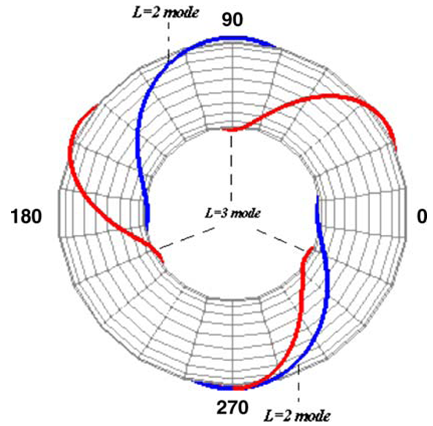
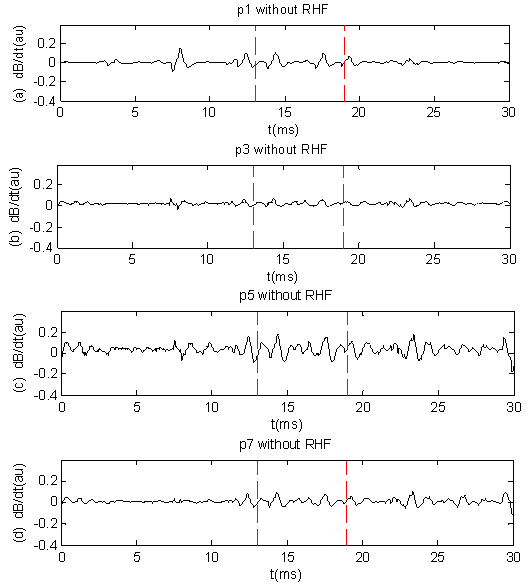
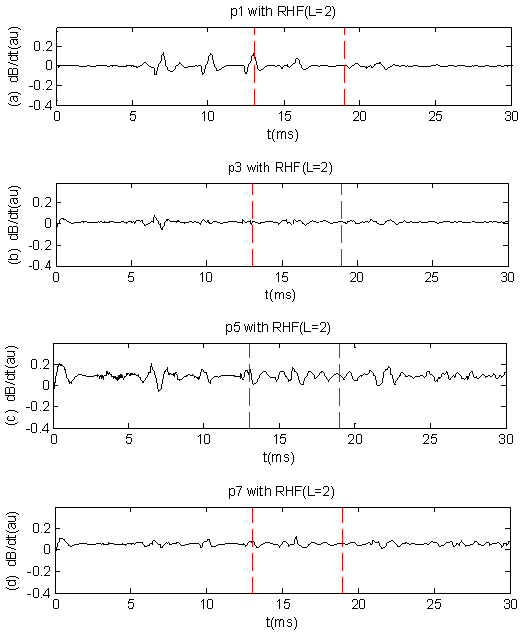
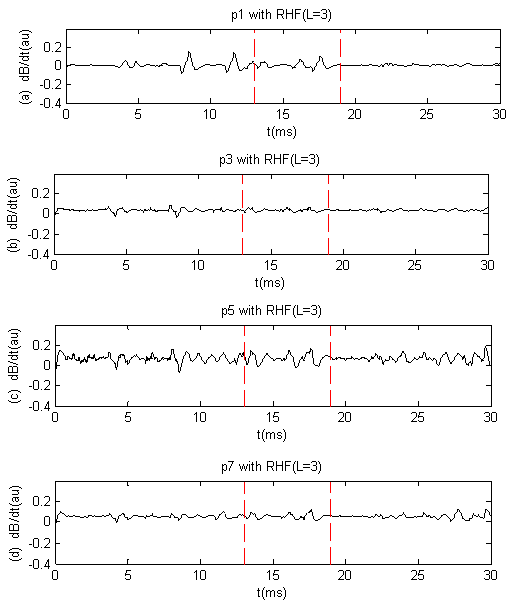

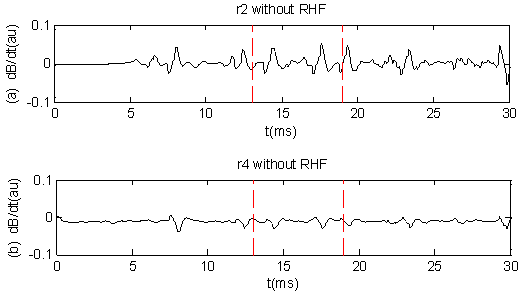
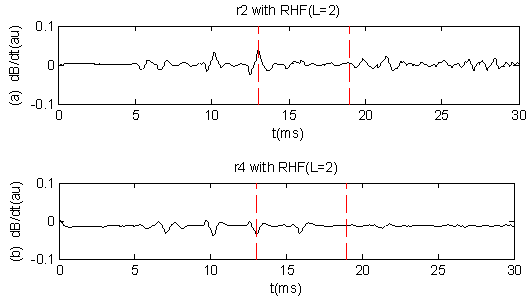
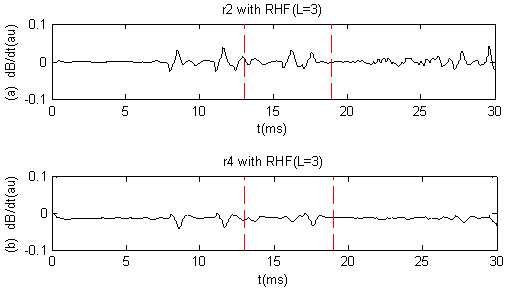
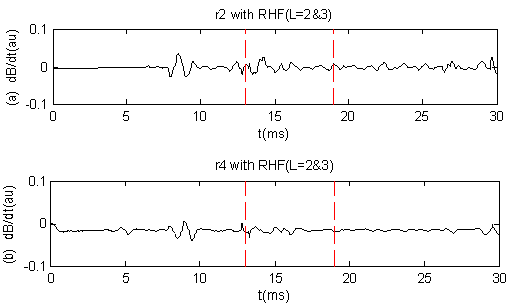
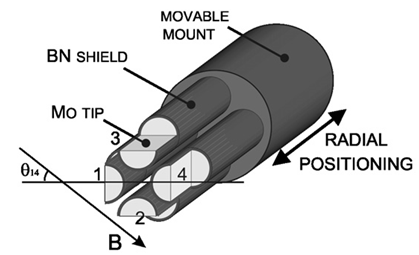




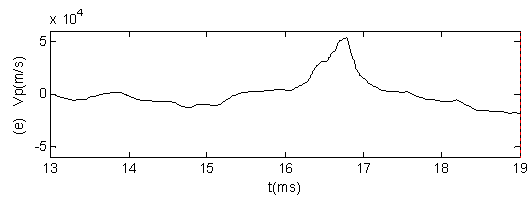
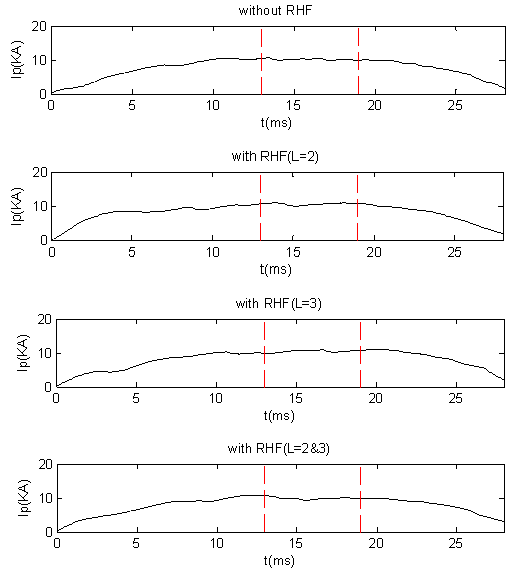
 Abstract
Abstract Reference
Reference Full-Text PDF
Full-Text PDF Full-text HTML
Full-text HTML